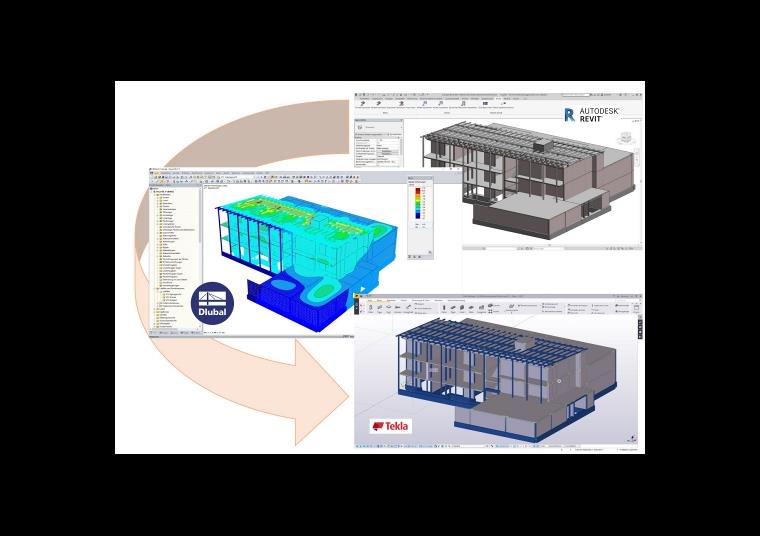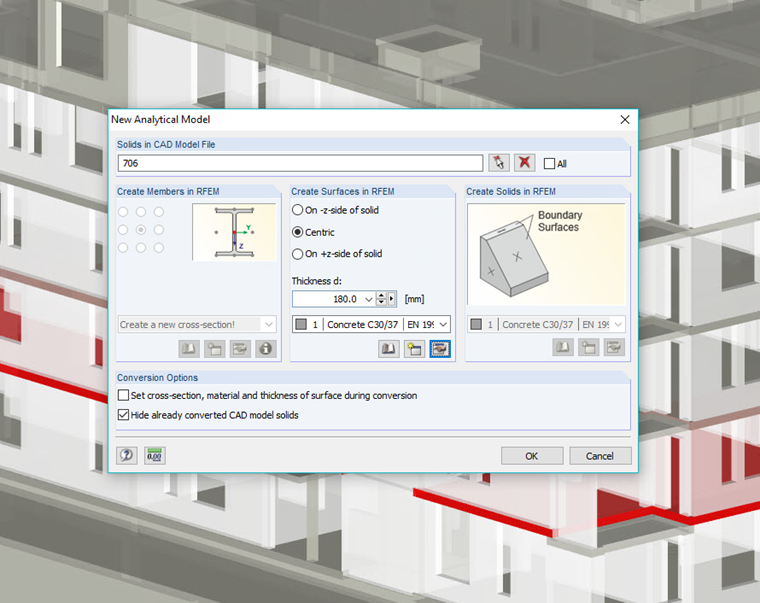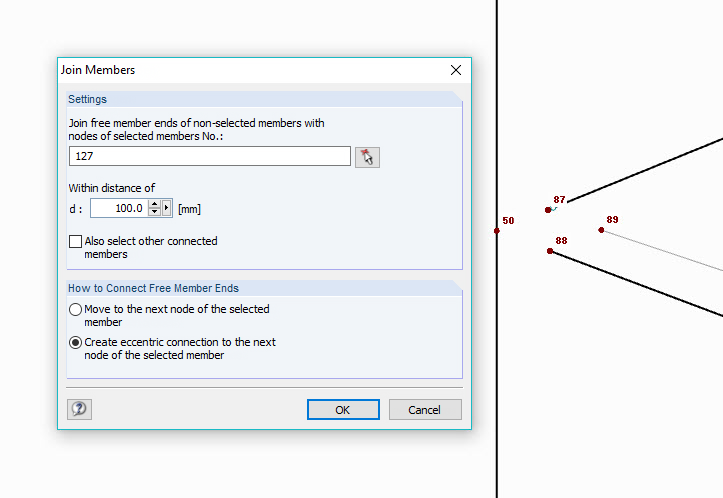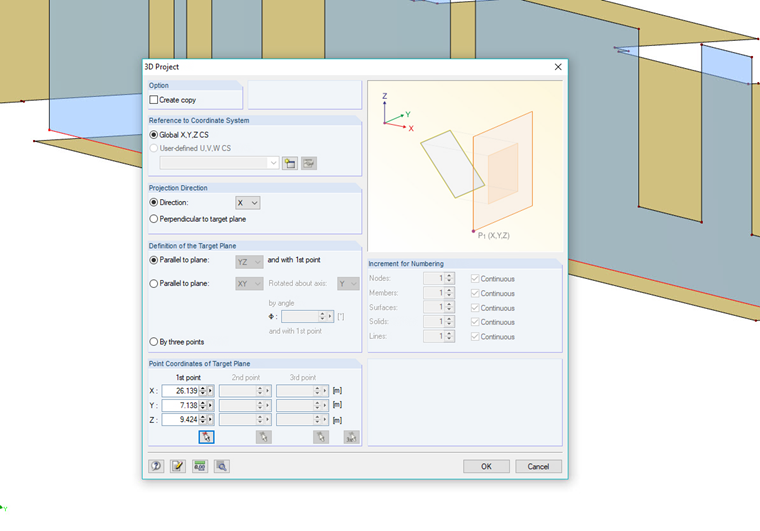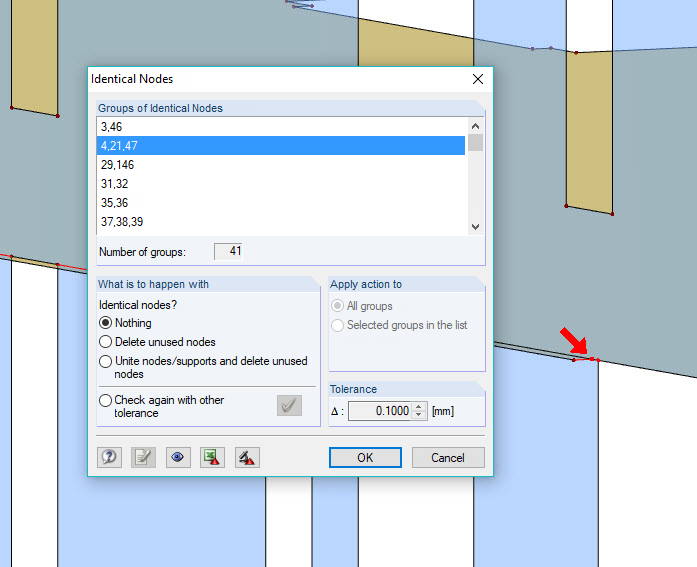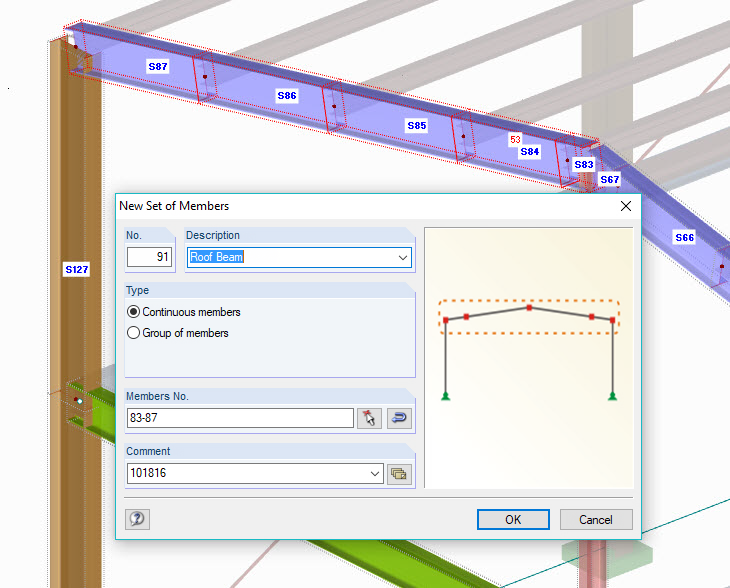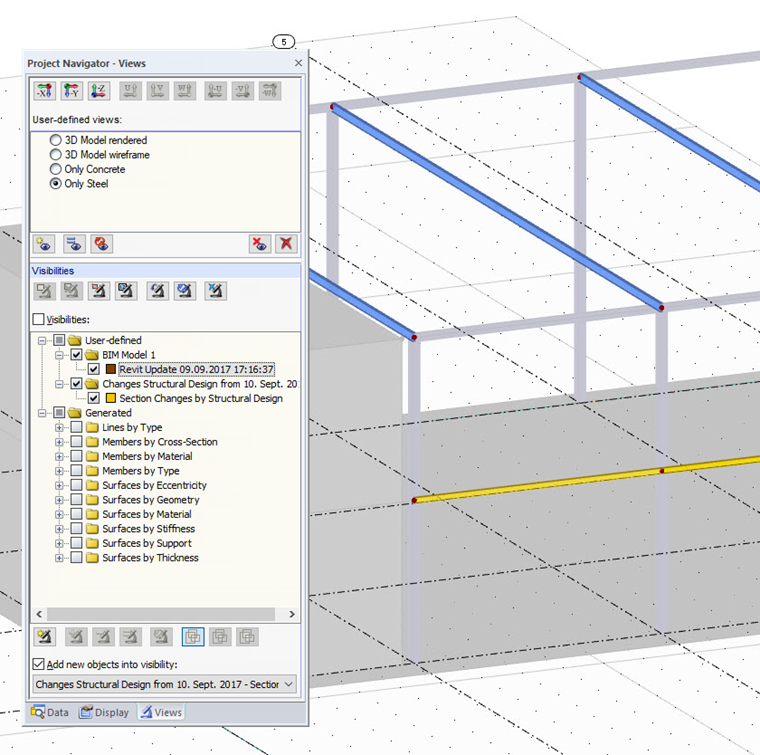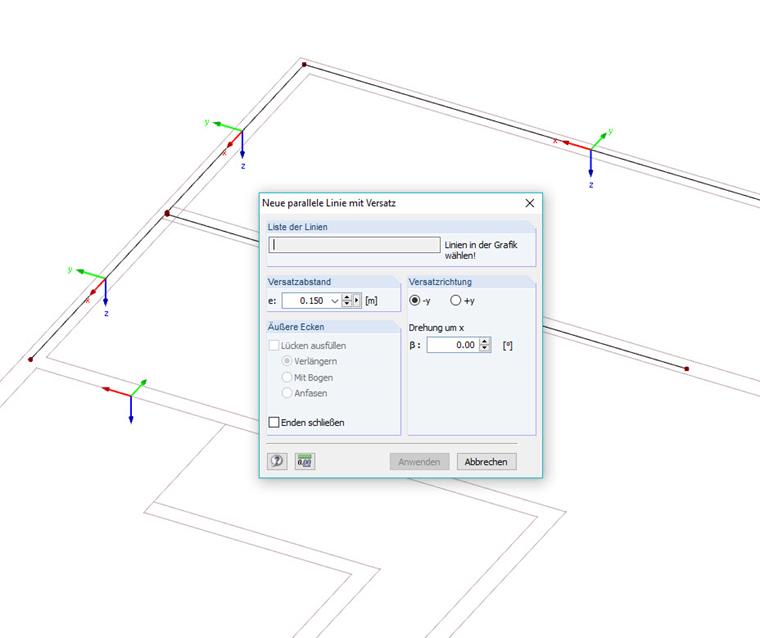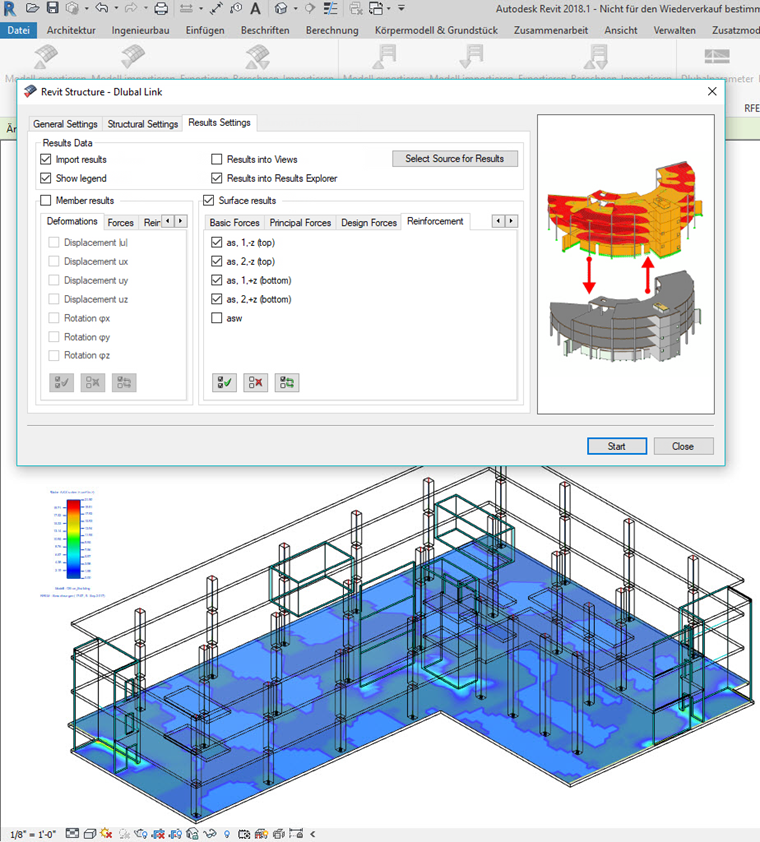BIM Interfaces
In order to be able to use created BIM models also for structural design, defined interfaces are required with which structural components can be transferred to the respective structural engineering software for analysis and design. The standard interfaces usually allow the transfer of structural objects (members, plates, walls, solids). Moreover, interfaces specifically tailored to structural analysis include structural objects such as support conditions, releases, loads, load cases, and load combinations. These structural objects are not really visible and tangible data resulting from the pure geometry of the structure, but depend on its use and applied standards.
The structural engineer also decides whether, for example, a support or release is acting rigid, semi-rigid, or completely hinged. If, in addition to the physical BIM model, which clearly describes the geometry (visible), the mechanical structural model (idealized model for the calculation) is also available, these are ideal conditions for starting a structural analysis directly. Instead of the physical BIM model, the mechanical structural model is then used directly. Interfaces that also contain structural objects are:
- IFC Structural Analysis View
- SDNF Format
- Product interface steel construction
- CIS/2
The development of these interfaces initially took place at the national level in the late 1990s. However, it quickly became clear that international standardization was required; therefore, it was agreed that further developments would only be based on Industry Foundation Classes (IFC). Therefore, new developments can only be expected in the IFC Structural Analysis View. Nevertheless, the interfaces mentioned above are still widely used and make an important contribution to BIM scenarios in many companies.
In addition to these interfaces based on exchange files in text format, BIM and structural engineering software for analysis and design are also coupled via direct interfaces, where data are transferred via APIs (Application Programming Interfaces). These interfaces do not depend on interface specifications (such as IFC or SDNF); therefore, it is up to the participating companies to decide which possibilities and limits of transfer may exist. Dlubal Software has developed interfaces to the following programs based on APIs:
- Tekla Structures
- Autodesk Revit and AutoCAD
- Bentley ISM
- AVEVA Bocad
In addition to the previously mentioned interfaces, the DXF format also plays an important role, but the object orientation is missing. If no mechanical structural model is available, only physical BIM models can be transferred. For this, IFC-Coordination View 2.0, based on IFC 2x3, is the most important interface. Since mid-2017, buildingSMART has offered the option to certify the next generation of this standard - IFC 4 Reference View - and further implementations of the software companies are to be expected. If Coordination View or Reference View models are transferred, it is necessary to create the mechanical structural model in the structural engineering software for analysis and design. Various tools are necessary in structural analysis software for this work, and some of them are presented in detail below.
BIM-Relevant Features in Structural Analysis Software
IFC Compatibility
IFC Coordination View models serve as a model for a mechanical structural model. The IFC objects must be transferred to the native objects of the respective structural analysis software (beam, surface, or solid elements) so that a calculation is possible. Pure referencing (visualization) is not sufficient.
Material and Cross-Section Mapping
In structural analysis, characteristic values for materials and cross-sections (modulus of elasticity, safety factors, moments of inertia, and so on) are required, depending on the design standards. In a BIM software which focuses on architecture and quantity surveying, these parameters are not needed and/or too little attention is paid to them. The calculation software has its own very sophisticated databases adapted to the requirements of the design. The materials and cross-sections must be translated from the import data into the data of the structural analysis software by means of mapping tables. This translation should also be flexible enough to define free dimensions for defined cross-sectional basic shapes (any rectangular, I-section, or channel cross-section, and so on) via parameter mapping.
Alignment and Connectivity
Furthermore, it is necessary to ensure correct connectivity of the elements and to define releases and support conditions. It may be necessary to displace and align the imported objects.
For this purpose, it is necessary for many nodes, and thus the connected objects, to be moved in any reference levels with just a few steps. No duplicate or quasi-identical nodes may occur, as these usually cause difficulties in meshing.
Plausibility Checks
Problems must be found quickly and eliminated with the help of the program. For this purpose, plausibility checks for double or close nodes, overlapping lines, short lines, or possibly free unused nodes are important.
Cleanup and Merging of Nodes
Essential functions such as merging multiple nodes with automatic adjustment of the affected dependent objects must be present. It is especially helpful if you can work graphically and use drag-and-drop functionality.
Physical Components and Their Relevance
Physical components such as beams or columns are divided into multiple FE elements by necessary intersections of crossing lines or members. In doing this, it may happen that important reference lengths such as the actual column length, which plays an important role for the design or update of the original BIM file, will be lost. The structural analysis software should offer the option to maintain the original length.
Identification of Changes
When importing/exporting data several times to respond to changes, the software should offer the option to display the individual states of revision, or at least to filter the changes made in the current step.
Offset Modeling, Customization Tools
For simple referenced models (possibly partial models), picking up and modeling models has proven effective. It is then very helpful if the center lines of the walls can be designed using the global offset of half the wall thickness. Tools for extending or shortening lines relative to other lines (trimming/extending) must be present.
Unique Identifiers
Unique IDs are required for roundtrip and thus necessary update scenarios. The software must be able to save these IDs. It may be necessary for IDs of other programs to be imported or their databases to be updated with regard to the IDs.
Copy and Paste
A lot of working time is required for BIM and derived structural models in the advanced stages. It must be ensured that the respective applications do not overwrite the existing data of other branch-specific models. Therefore, it may be helpful if changes such as new members or surfaces are only imported by simple copying and pasting. This allows the user to select specifically which changes are taken into consideration.
Structural Results in BIM Model
The improved data-based communication is a major advantage of BIM. This results in the fact that the structural analysis software provides, among other things, internal forces, cross-sectional changes, or reinforcements. This information needs to be digitally available so that other special applications can handle further tasks based on it. In the simplest case, DXF-based result plots can, for example, be referenced, with which the BIM designer models reinforcement drawings or connections.
If the BIM software offers open databases, this communication is raised to a much higher level and subsequent applications can access this data automatically via special APIs.
